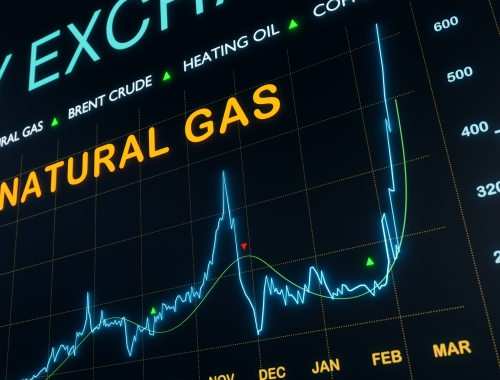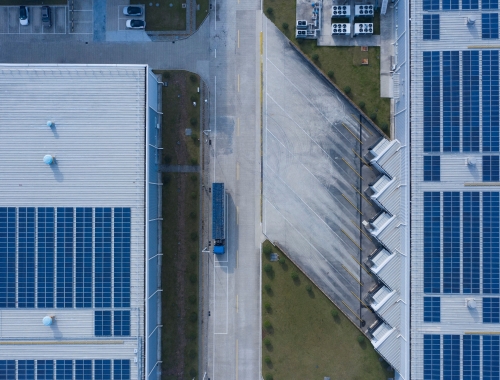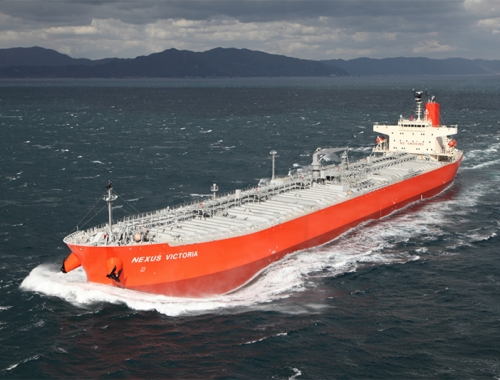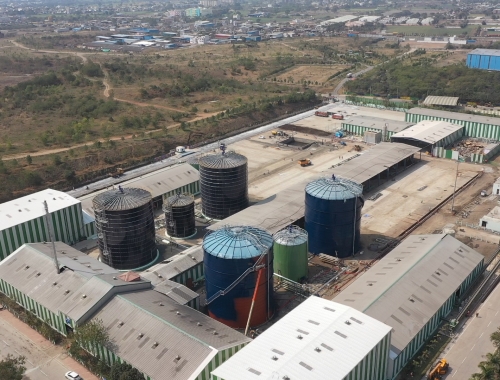Japan's Osaka discusses e-methane: Q&A
SUMMARY
Japan's Osaka Gas is conducting feasibility studies which include the possibility of utilising the facilities of Cameron LNG and Freeport LNG to liquefy e-methane produced at locations in the surrounding areas.
By Shardul SharmaJapan's Osaka Gas is conducting feasibility studies which include the possibility of utilising the facilities of Cameron LNG and Freeport LNG to liquefy e-methane produced at locations in the surrounding areas.
Yasushi Endo, who is in charge of carbon-neutral business development internationally at the company's Osaka headquarters, discusses with Gas Pathways the e-methane projects in the US and outside.
Q: Osaka Gas has announced feasibility studies related to e-methane projects in the US. What is the idea behind choosing the US locations? Are you looking at other sites in the US and the world for similar projects?
A: Osaka Gas is conducting the following feasibility studies which includes the possibility of utilising the facilities of Cameron LNG and Freeport LNG to liquefy e-methane produced at locations in the surrounding areas.
The first project is about e-methane production from biomass-based CO2 in the US Midwest. The partners in the project are Osaka Gas USA, Tallgrass, and Green Plains. Osaka Gas plans to examine the schemes for liquefying e-methane at Freeport LNG and transporting it to Japan.
The second project is about e-methane production in Texas/Louisiana, US, liquefaction at Cameron LNG, and transport to Japan. The partners in the project are Osaka Gas, Tokyo Gas, Toho Gas, and Mitsubishi.
Osaka Gas is proceeding with multiple e-methane feasibility studies, including site analysis, in a number of countries and regions, such as Australia, Singapore, North America, South America, aiming to import e-methane produced overseas to Japan.
The key conditions of e-methane production locations for export to Japan are the availability of low-cost hydrogen, abundant CO2 sources, and the easy access to facilities for gas transmission, liquefaction, LNG shipping. And the US is one of the promising candidate countries that meet the conditions.
In the first project mentioned above, Osaka Gas and its partners aim to produce e-methane from natural gas-based blue hydrogen and biomass-based CO2 that will be captured at bioethanol refineries owned and operated by Green Plains. The targeted e-methane production volume is up to 200,000 tons/year by 2030. The possibility of utilising green hydrogen in the future is also included in the scope of the joint study. Osaka Gas also plans to examine the schemes for liquefying e-methane at Freeport LNG and transporting it to Japan.
In the second project mentioned above, under an agreement of detailed joint study, Osaka Gas and the partners are examining the possibilities of producing synthetic methane in Texas or Louisiana, liquefying it at the existing Cameron LNG facility, and transporting it to Japan utilizing other existing infrastructure, including LNG ships and receiving terminals in Japan. The target e-methane production volume is 130,000 tons/year starting in 2030.
Q: Osaka Gas plans to ship the e-methane to Japan. Can the existing infrastructure be used to bring the e-methane to Japan?
A: Yes, the existing infrastructure can be used to bring e-methane to Japan. Since 90% of the natural gas component is methane, e-methane can be delivered to the market using the existing natural gas/LNG infrastructure, including LNG vessels, storage tanks, and gas pipelines.
Osaka Gas is exploring ways to import e-methane utilising the existing liquefaction facilities in LNG exporting countries, such as Freeport LNG, and other infrastructure, including pipelines.
Q: Has Osaka Gas set any e-methane production target by 2030?
A: Osaka Gas aims to achieve 1% e-methane (approximately 60 million m3/year) in the gas grid by 2030. To that end, Osaka Gas plans to build e-methane supply chains overseas, including production sites to be developed in areas that meet the required conditions. Candidate sites include those in North America, South America, Australia, South East Asia, and the Middle East..
Q: How does e-methane enhance the value of service Osaka Gas offers to its customers? What role will e-methane play in the company’s endeavour to become carbon neutral by 2050?
A: Osaka Gas intends to contribute to customers’ transition to net zero by offering e-methane, a carbon neutral energy alternative to natural gas, produced from green hydrogen and captured CO2 from emitters or the atmosphere.
Since 90% of natural gas component is methane, e-methane can be delivered to the market using the existing natural gas/LNG infrastructure, including LNG vessels, storage tanks, and gas pipelines. And because of that, e-methane can promote a smooth transition to a carbon neutral society without creating tremendous social costs or putting a heavy financial burden on customers to replace the existing infrastructure or equipment, which is necessary for introducing hydrogen or ammonia.
E-methane will play a key role in Osaka Gas’ transition to net zero by 2050. E-methane will be a solution to the carbon neutrality in the company’s gas supply to the market and power generation using gas-fired power plants.
Q: How do you see demand for e-methane in Japan? What kind of customers/industries in Japan would use the e-methane?
A: As the Japanese government and the gas industry aim to achieve 1% e-methane in gas grid by 2030 and 90% by 2050, e-methane will replace natural gas as a key carbon neutral energy source in a wide range of market segments and fields, including households, manufacturing plants, and office buildings.
E-methane is expected to play a significant role in meeting the heat demand, which accounts for about 60% of the country’s energy demand in the industrial and other consumer sectors, in a carbon neutral way. Especially significant will be fulfilling the industrial sector’s high temperature heat demand with e-methane because it cannot be easily replaced by other energy sources, such as electricity.
Q: Do you see Osaka Gas supplying e-methane to markets other than Japan in the future?
A: In the e-methane feasibility studies underway in North America, South America, Australia, South East Asia, Middle East, etc., Osaka Gas plans to include the possibility of e-methane local production for local consumption. For example, in its joint methanation feasibility study, Osaka Gas Singapore and the partners are studying the possibility of supplying produced e-methane to the market in Singapore.
Osaka Gas also considers transporting e-methane produced in those countries and regions to other Asian markets besides Japan.






